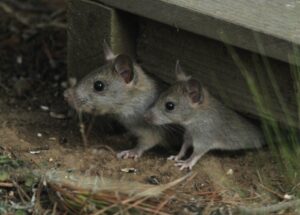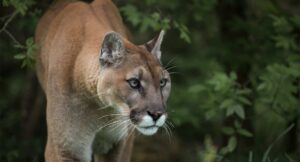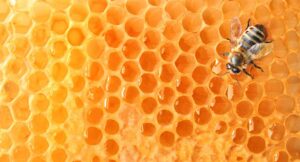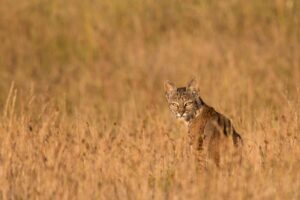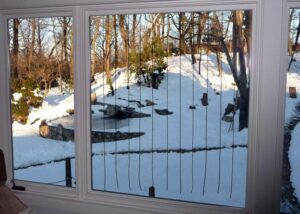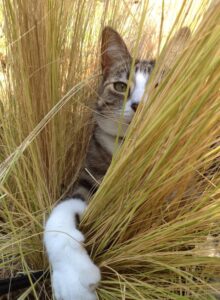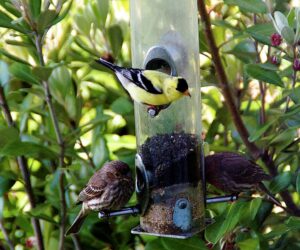Living with Wildlife
Rodents breed all year long, but the peak season for rodent nesting begins in February. This year-round breeding cycle makes sense. Rodents are the dietary staple of almost every land-based carnivore, so they have to be prolific.
Read MoreFor many people, it can be unsettling to realize that the beautiful wildlands we so enjoy around the Bay Area also serve as habitat for Mountain Lions (also called pumas or cougars).
Read MoreHoneybees are social insects. Unlike the four to five thousand other species of solitary bees, honey bees store resources, in the form of honey, that allow the hive to survive the winter.
Read MoreLiving with deer is now a fact of our lives in the Bay Area. We eliminated their major predators, mountain lions, and now urban sprawl has crowded them into less and less space.
Read MoreProviding an artificial water source for wildlife in your yard may seem like the kind thing to do for local wildlife, but putting out water can cause more problems than it solves.
Read MoreOne of the main causes of migratory songbird mortality is window strikes. The following steps can help reduce the number of birds killed by hitting windows, and a lot of lives could be saved if everyone implemented these strategies!
Read MoreFor one year, WildCare’s Director of Animal Care and her team collected the wild animal patients brought to our Wildlife Hospital due to having been caught by cats.
Of the 321 caught-by-cat patients admitted that year, only 39 survived to be released.
Read MoreFeeders bring joy and enrichment to many people’s lives, and they can occasionally provide a valuable supplemental food source that improves bird survival. However, poorly placed and maintained feeders may increase the risks of predation, window strikes and disease.
Read More- « Previous
- 1
- 2

